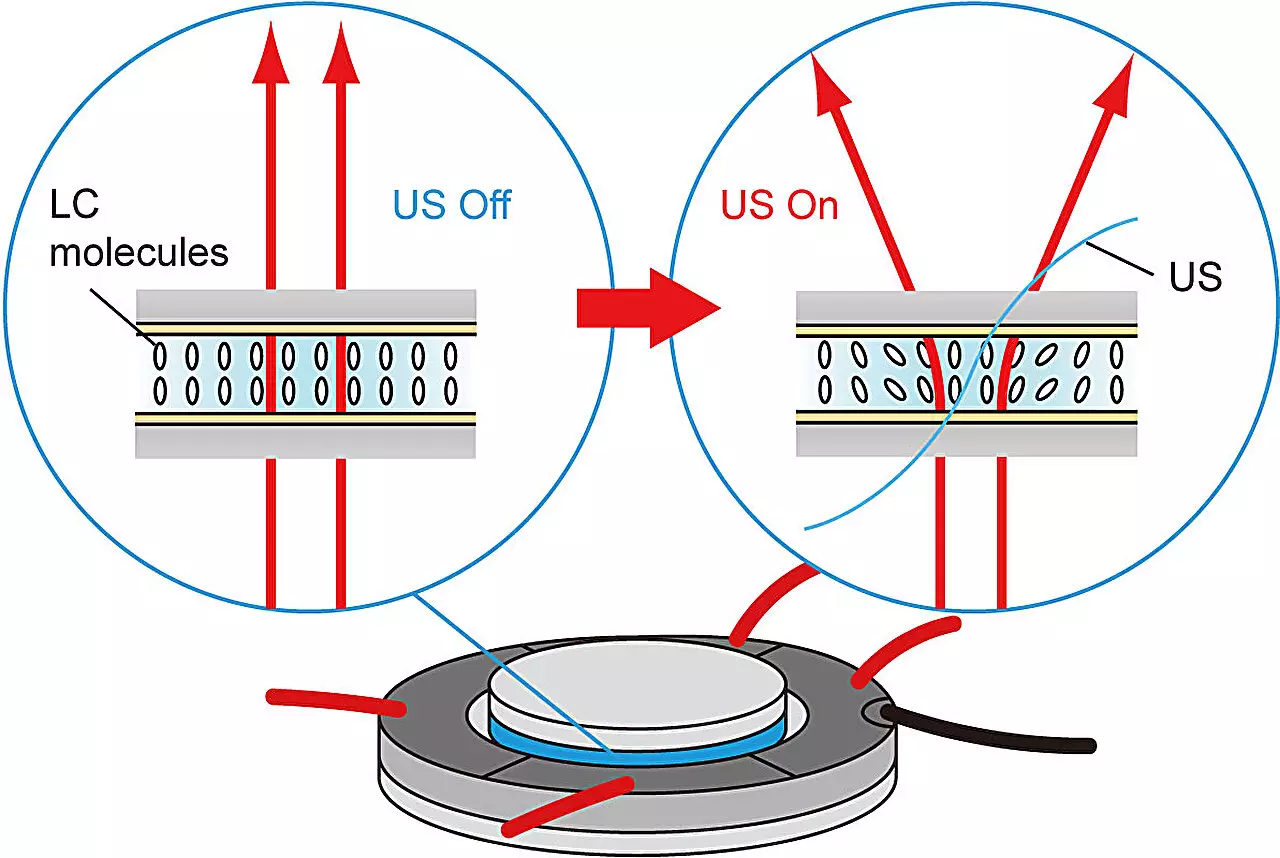Artificial light has played a crucial role in human life since the discovery of fire. Over the years, various light sources have been developed to illuminate indoor spaces, including incandescent lamps, gaslights, discharge lamps, and most recently, light-emitting diodes (LEDs). These artificial light sources have a significant impact on our ability to study and work effectively, as well as on our physical and mental well-being. As a result, the design of modern artificial light sources takes into account important psychological elements to ensure the best aesthetics and functionality.
LEDs have emerged as one of the most innovative artificial light sources due to their high efficiency and environmentally friendly characteristics. However, one challenge with LEDs is their size, which is smaller compared to traditional light sources. This difference in size necessitates the use of diffusers to spread the light over a larger area. Conventional diffusers have specific optical characteristics that cannot be easily changed after fabrication, such as diffusion directivity. While mechanical adjustment of optical components is one method to control diffusion directivity, it can lead to an increase in the size of the device.
In a groundbreaking study conducted by Professor Daisuke Koyama and his graduate students at Doshisha University, a new tunable ultrasonic liquid crystal (LC) light diffuser was developed. This innovative diffuser is based on the generation of non-coaxial resonant flexural vibration, which controls the molecular orientation and refractive-index distribution of the LC layer. Unlike conventional diffusers, this ultrasonic LC light diffuser does not require any mechanical moving parts, making it a simple and compact solution for controlling diffusion angle and direction.
The ultrasonic LC diffuser consists of a nematic LC layer sandwiched between two glass disks, along with an ultrasonic piezoelectric transducer. By applying a continuous reverse-phased sinusoidal signal to the transducer, ultrasonic vibrations are produced on the glass disks. These vibrations induce non-coaxial resonant flexural or bending vibration modes on the LC layer, resulting in changes in the molecular orientation and transmitted light distribution. By altering the input voltage to specific electrodes, the researchers were able to easily rotate the molecular orientation and diffusion directivity of the LC layer.
Through their research, the team found that the diffusion angle of the ultrasonic LC diffuser is dependent on the input voltage amplitude, with maximum diffusion achieved at 16 V. Beyond this voltage, the diffused light may become unstable. Additionally, the transmitted light distribution is influenced by the polarization of the incident light, further showcasing the versatility and precision of this new technology in controlling light diffusion.
The development of the ultrasonic LC light diffuser represents a significant advancement in artificial light diffusion technology. By utilizing innovative techniques to control diffusion directivity without the need for mechanical parts, this new diffuser offers a compact and efficient solution for achieving optimal light distribution in indoor environments. The potential applications of this technology are vast, ranging from enhancing workspace illumination to improving the overall visual aesthetics of indoor lighting systems. With further research and development, ultrasonic LC light diffusers have the potential to revolutionize the way we perceive and utilize artificial light for a brighter and more sustainable future.


Leave a Reply